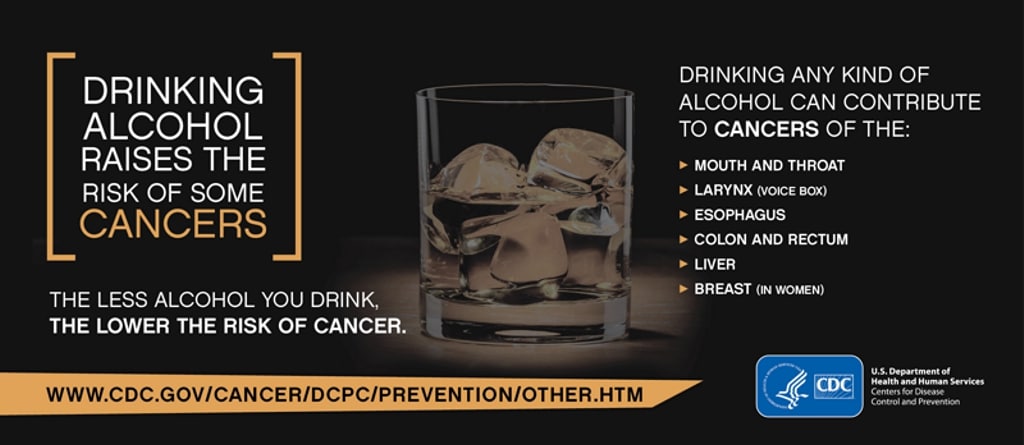It is usually not possible to know exactly why one person develops cancer and another doesn’t. But research has shown that certain risk factors may increase a person’s chances of developing cancer. (There are also factors that are linked to a lower risk of cancer. These are called protective factors.)
Cancer risk factors include exposure to chemicals or other substances, as well as certain behaviors. They also include things people cannot control, like age and family history. A family history of certain cancers can be a sign of a possible inherited cancer syndrome.
Most cancer risk (and protective) factors are initially identified in epidemiology studies. In these studies, scientists look at large groups of people and compare those who develop cancer with those who don’t. These studies may show that the people who develop cancer are more or less likely to behave in certain ways or to be exposed to certain substances than those who do not develop cancer.
Such studies, on their own, cannot prove that a behavior or substance causes cancer. For example, the finding could be a result of chance, or the true risk factor could be something other than the suspected risk factor. But findings of this type sometimes get attention in the media, and this can lead to wrong ideas about how cancer starts and spreads.
When many studies all point to a similar association between a potential risk factor and an increased risk of cancer, and when a possible mechanism exists that could explain how the risk factor could actually cause cancer, scientists can be more confident about the relationship between the two.
The list below includes the most studied known or suspected risk factors for cancer. Although some of these risk factors can be avoided, others—such as growing older—cannot. Limiting your exposure to avoidable risk factors may lower your risk of developing certain cancers. Click on each risk factor below to find out more:
- Age
- Alcohol

- Cancer-Causing Substances
- Chronic Inflammation
- Diet
- Hormones
- Immunosuppression
- Infectious Agents
- Obesity
- Radiation
- Sunlight
- Tobacco
Tobacco
Tobacco use is a leading cause of cancer and of death from cancer. People who use tobacco products or who are regularly around environmental tobacco smoke (also called secondhand smoke) have an increased risk of cancer because tobacco products and secondhand smoke have many chemicals that damage DNA.
Tobacco use causes many types of cancer, including cancer of the lung, larynx (voice box), mouth, esophagus, throat, bladder, kidney, liver, stomach, pancreas, colon and rectum, and cervix, as well as acute myeloid leukemia. People who use smokeless tobacco (snuff or chewing tobacco) have increased risks of cancers of the mouth, esophagus, and pancreas.
There is no safe level of tobacco use. People who use any type of tobacco product are strongly urged to quit. People who quit smoking, regardless of their age, have substantial gains in life expectancy compared with those who continue to smoke. Also, quitting smoking at the time of a cancer diagnosis reduces the risk of death.
Scientists believe that cigarette smoking causes about 30% of all cancer deaths in the United States.
Candela Citations
- Risk Factors for Cancer. Authored by: National Cancer Institute. Provided by: National Institutes of Health. Located at: https://www.cancer.gov/about-cancer/causes-prevention/risk. License: Public Domain: No Known Copyright
- Tobacco. Authored by: National Cancer Institute. Provided by: National Institutes of Health. Located at: https://www.cancer.gov/about-cancer/causes-prevention/risk/tobacco. License: Public Domain: No Known Copyright
- Alcohol and Cancer. Authored by: Division of Cancer Prevention and Control, Centers for Disease Control and Prevention . Provided by: U.S. Department of Health and Human Services. Located at: http://www.cdc.gov/cancer/dcpc/resources/infographic-alcohol.htm. License: Public Domain: No Known Copyright